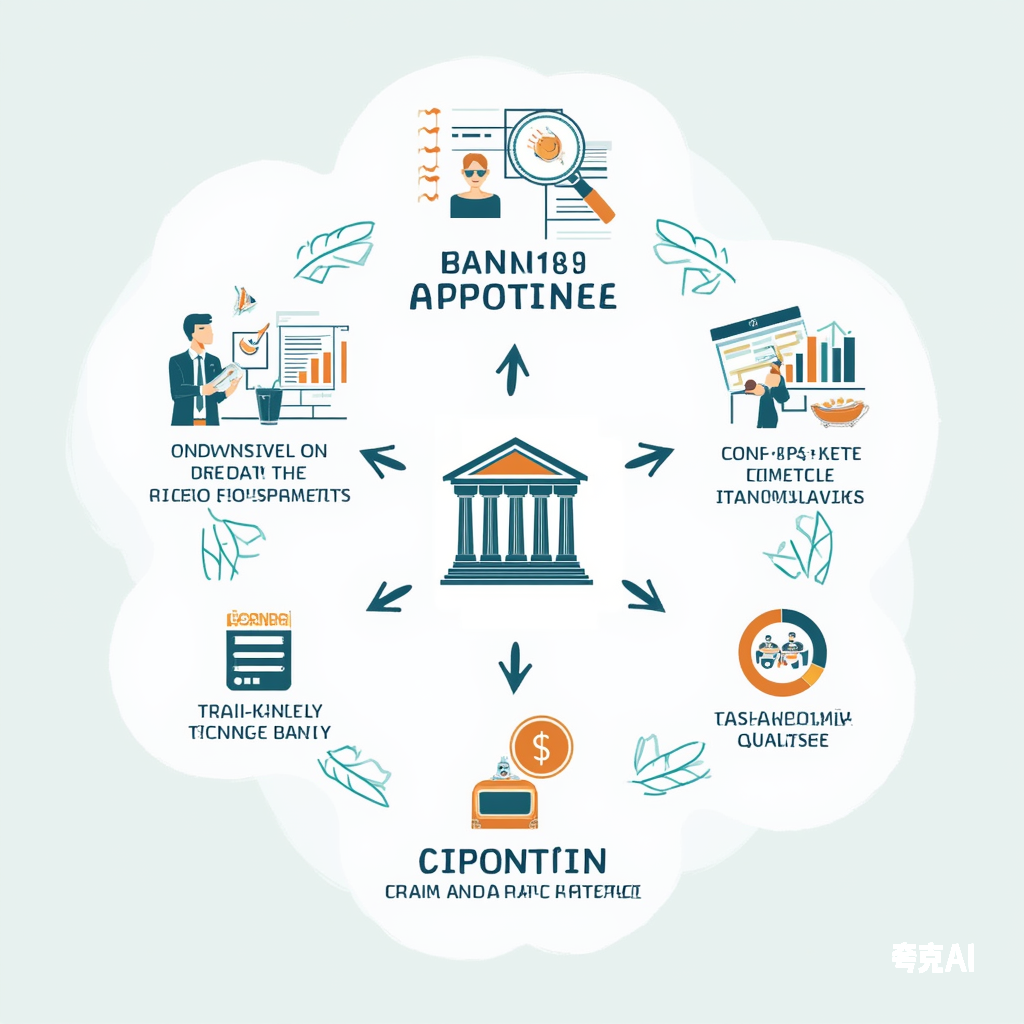In today’s rapidly evolving financial landscape, bank transaction records serve as a critical “detector” for financial institutions, offering deep insights into a borrower’s financial health. These records play a pivotal role in pre-loan assessments by revealing key operational patterns and post-loan monitoring by tracking financial fluctuations. However, as banking transactions become increasingly fragmented across multiple institutions, detecting risks from a single bank’s transaction records has grown more challenging.
Compounding this issue is the rise of fraudulent transaction records—a tactic employed by unscrupulous entities to manipulate credit assessments. Given the critical role of transaction records in risk evaluation, banks must refine their ability to distinguish genuine records from fabricated ones.
This article explores practical methodologies for authenticating bank transaction records, ensuring accurate risk assessment while mitigating exposure to financial fraud.
Section 1: Analyzing Transaction Patterns to Uncover Discrepancies
1.1 Evaluating Transaction Habits
Every business operates with inherent financial logic. Even small enterprises exhibit predictable transaction behaviors with suppliers, customers, and service providers. For instance:
- A textile manufacturer typically engages in recurring transactions with fabric suppliers and apparel buyers.
- Sudden shifts in top trading partners without corresponding business expansion may signal operational instability.
Case Example: A garment factory’s transaction records showed frequent changes in primary suppliers—an anomaly for an industry reliant on long-term contracts. Further investigation revealed declining production capacity, forcing the company to rely on unstable spot orders.
1.2 Assessing Transaction Volume Consistency
Legitimate businesses demonstrate logical correlations between transaction volumes and operational scales:
- A car manufacturer’s raw material purchases should align with production output.
- Discrepancies (e.g., surging payments without increased output) may indicate fabricated records or financial distress.
Industry Insight: Auto dealerships derive profits primarily from after-sales services rather than vehicle sales alone. Established dealers exhibit steadier cash flows than new entrants, making deviations from expected patterns a red flag.
1.3 Scrutinizing Transaction Timing
Normal business operations follow conventional working hours. Abnormalities include:
- Frequent transactions during late-night hours, weekends, or holidays (unless justified by international trade).
- Mismatched forex settlements (e.g., a company claiming European clientele but lacking corresponding foreign exchange records).
Red Flag: A firm’s transaction logs showed heavy weekend activity despite no cross-border operations—later exposed as falsified entries.
1.4 Verifying Recurring Transaction Items
Authentic records reflect routine expenses such as:
- Payroll deposits
- Utility payments
- Tax remittances
- Loan repayments
Missing or irregular entries (e.g., skipped payroll cycles despite stable operations) suggest potential record tampering.
Section 2: Cross-Referencing Data to Validate Authenticity
2.1 Reconciling Bank Records with Financial Statements
Financial statements should logically encompass transaction record data. Discrepancies may reveal manipulation:
- If reported revenues are lower than actual deposits, underreported income may be a concern.
- Overstated expenses without corresponding outflows could indicate fabricated costs.
Analytical Approach: Compare ledger entries with transaction histories to detect inconsistencies in timing, amounts, or beneficiary details.
2.2 Aligning Transactions with Accounting Vouchers
Legally binding accounting vouchers (e.g., invoices, receipts) must substantiate transaction records:
- Discrepancies between purchase records and missing supplier invoices suggest fabrication.
- Mismatched dates or amounts between vouchers and bank entries warrant deeper scrutiny.
Case Example: A company’s records listed regular raw material purchases, yet audits revealed missing procurement documentation—confirming falsified transactions.
2.3 Benchmarking Against Industry Peers
Comparing a borrower’s transaction behaviors with industry norms helps identify outliers:
- Delayed receivables compared to sector averages may indicate liquidity stress.
- Unusually large or frequent transactions without clear business justification raise suspicion.
Key Insight: Peer analysis helps contextualize whether a firm’s financial activities align with legitimate operational needs.
Section 3: On-Site Verification Through Stakeholder Engagement
3.1 Interviewing Financial Personnel
Finance teams possess intimate knowledge of transaction flows but may withhold sensitive details. Effective tactics include:
- Probing inconsistencies between verbal explanations and recorded transactions.
- Requesting clarifications on irregular payment patterns.
Best Practice: Use transaction records as a reference point to challenge vague or contradictory responses.
3.2 Engaging with Company Leadership
Discussions with executives should assess whether financial activities align with stated business strategies:
- Heavy R&D expenditures should correlate with innovation-focused corporate goals.
- Unexplained fund diversions (e.g., working capital used for speculative investments) signal misuse.
Risk Indicator: A CEO’s inability to justify large, recurring payments to an obscure vendor revealed unauthorized fund redirection.
3.3 Gathering Employee Feedback
Frontline staff provide unfiltered insights into operational realities:
- Delayed salary payments despite recorded payroll transactions suggest cash flow problems.
- Employee reports of halted production contradicting management’s claims of business-as-usual expose deception.
Verification Tip: Cross-check staff testimonies with transaction records to validate operational health.
Conclusion: Strengthening Defenses Against Financial Fraud
Authenticating bank transaction records demands a multi-faceted approach—combining pattern analysis, cross-data verification, and on-site validation. Financial institutions must remain vigilant against increasingly sophisticated fraud tactics while avoiding excessive skepticism that could hinder legitimate business relationships.
By integrating these methodologies, banks can enhance risk detection accuracy, safeguard credit portfolios, and uphold financial system integrity in an era of escalating transactional complexity.
🥳 Love My Content?
Fuel more free guides with a beer! 🍺
(Every sip makes the keyboard dance!)
Secured via PayPal • No account needed

 SinoLoanHub: Expert Business Loan Solutions for North American Companies
SinoLoanHub: Expert Business Loan Solutions for North American Companies






